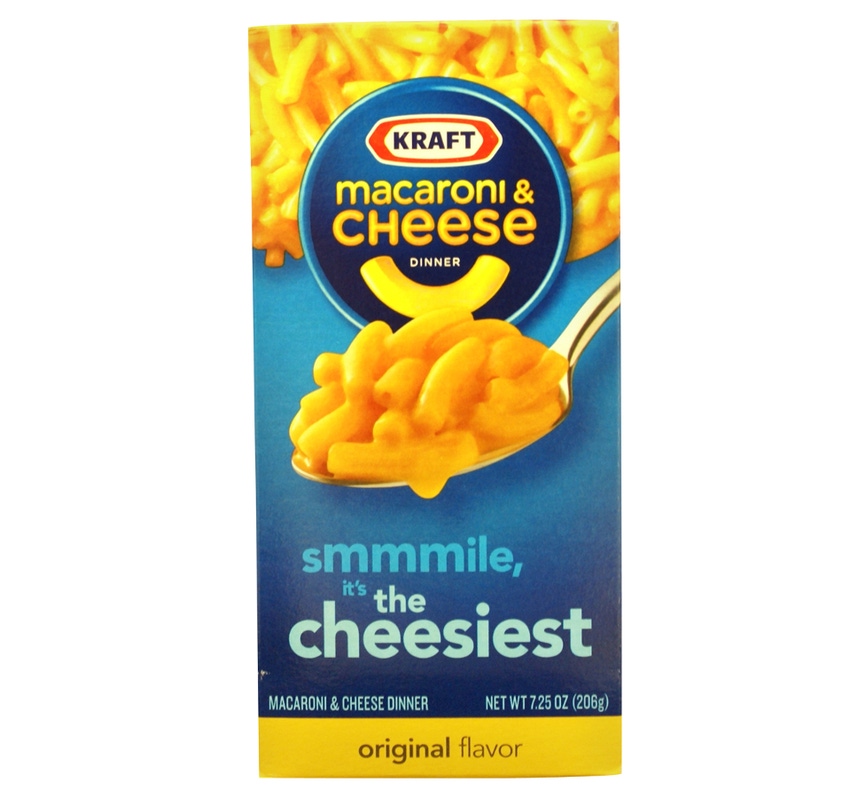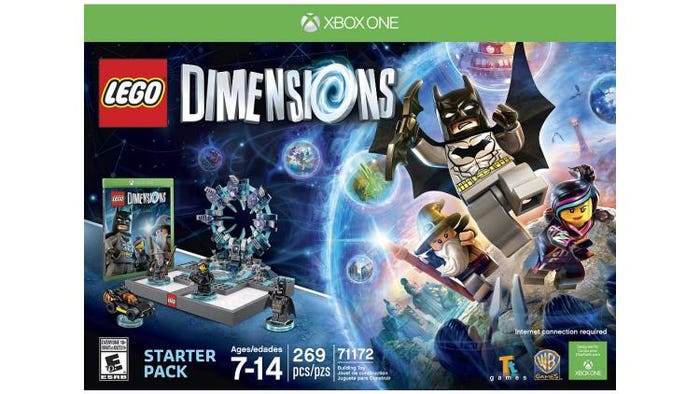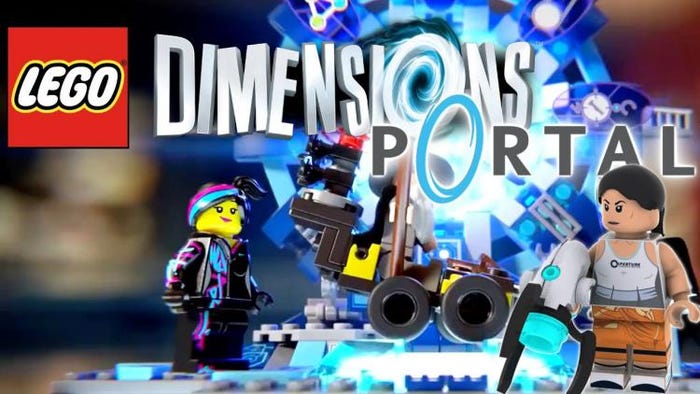Package design: Expense or smart marketing investment?
April 6, 2016

If we go on this premise—the packaging is the product, and it should create consumer value and brand value—we will not fail to properly invest in it.
Consumer product companies are in a constant battle to maintain and win new business in an environment of intense competition as consumers increasingly demand more from brands. So what clear advantage can they leverage? It’s great to have quality products, and innovative ones, but do they get undermined at the shelf due to mundane or uninspiring packaging?
It has long been my opinion, based on experience, that packaging should be a major factor in driving purchasing decisions. If properly designed, packaging can make a huge difference in category dominance and sales growth, creating significant brand value. I’m not referring to increased functionality, convenience or reusability. Although important, it doesn’t apply to all categories and there’s a more compelling factor. Packaging has to make the brand appealing to consumers on an emotional level to create lasting value. Recent marketing research from PRS IN VIVO supports this view, as well as results from a study by Leipzig University of Applied Sciences.
Yet, many marketers continue to plow more dollars into digital marketing and advertising at the expense of their packaging budgets. But does that make sense when consumers—and media—are increasingly fragmented and people are tuning most of it out? Here’s added irony: when advertising, marketers usually show product packaging, but what are they showing if they haven’t invested in good package design?
In its 2014 Packaging Matters study, WestRock (formerly known as MeadWestvaco Corp.) published findings that corroborate the importance of packaging as the primary purchasing influencer:
• New customers: 65% have purchased a product for the first time because of packaging.
• Repeat business: 55% have purchased a product again directly because of the favorable interactions they had with packaging.
• Dissatisfied customers: 50% have switched brands because they had unfavorable experiences with packaging.
Packaging is the most tangible representation of the brand, but prompting an initial sale isn’t enough. And looking at the data, packaging performance post-sale might not be enough either; even if it does perform well. To be truly effective, packaging must begin to form emotionally-based relationships. A Forrester Research survey corroborates that 89% of consumers feel no personal connection to brands, hence there’s little loyalty. Let’s extrapolate: There are significant opportunities to develop packaging that will engage consumers far better than what is currently being offered.
Decades ago, marketer Louis Cheskin talked about sensation transference. As he studied consumers, he became convinced that people’s sensations (perceptions) about packaging were transferred to the products themselves. He believed that consumers don’t make an unconscious distinction between product and packaging; that the product=product+packaging combined. Cheskin proved it over and over again by successfully refreshing poorly-performing packaging, as well as launching influential new product packaging.
Dr. Dan Hill, president of Sensory Logic Inc., and recognized authority on the role of emotions in consumer behavior, makes a similar observation in his book “Emotionomics: Leveraging Emotions for Business Success”: “At the point that really counts—the experience of the offer—satisfaction lives in the sensory expressions and the customer’s heart. Value is determined based on a person’s intuitive, emotional response to that experience.”
It’s time to stop seeing package design as an expense, but rather as an important brand investment.
Selling management on packaging as investment—it’s tough to do. I’ve worked with many brand managers over the years who have had to adhere to strict package design budgets. I know first-hand that it isn’t easy to convince upper management that packaging should be their first consideration after product design. Yet, we can see that it is more crucial to their success than their product is at retail when so many products are perceived as similar.
Leading consumer product companies have been burned with less than stellar packaging, experiencing new product failures as a result. So when weighing risk and return based on past experiences, senior management can be leery about investing in package design, making it easier to cut packaging budgets. Ironically, that ensures more mediocre packaging and product failures. While new product failures are high, it’s important for companies to pinpoint why they’ve failed.
Even powerful legacy brands have made mistakes while refreshing packaging by stripping away the core visual assets to which consumers are emotionally attached—that have significant equity—and in doing so, have suffered substantial losses. In a case like this, it isn’t due to lack of investment, but to investment spent when it isn’t needed and in the wrong manner.
Remember the Tropicana packaging refresh fiasco of a few years ago? The point: While Tropicana marketing efforts remained constant, packaging change alone was responsible for this debacle, making it quite clear that package design is crucial to success or failure. Hill reminds us: “Ensuring that consumers don’t suffer sensory confusion leading to emotional disconnect should be obvious.”
On the other hand, Kraft Macaroni & Cheese contemporized its package design system while retaining its important visual assets that have equity. The addition of the “noodle smile” within the brand identity might be a small change, but it added personality and a needed emotional component to its packaging. The supporting verbal brand communication, “Smmmmmile, it’s the cheesiest,” reminds kids and adults alike of the enjoyment associated with the brand. Never underestimate the emotive power of pleasure as Hill reminds us. “The secret of lasting love and enduring relationships is pleasure.”
The challenge to its mac and cheese products has been mitigated by Kraft’s packaging refresh but, in this case, product changes are just as necessary. Challenger brands tout cleaner ingredients, prompting Kraft to remove artificial dyes and preservatives from its product. This underscores the importance of researching the source of current brand challenges and then responding appropriately.
The question is: When should companies make package design changes? My answer: not when brand managers think it ought to be contemporized as a result of trends or what competitors are doing, but when consumers either express a need for additional value or begin to feel a loss of personal connection and relevance. Research will divulge this information pointing to the need to do post-packaging research on an ongoing basis. How value is best delivered often comes down to reengaging the consumer’s emotions by better leveraging visual and verbal language, as Kraft did.
As the principal of a design consultancy that specializes in package design and licensing program design for consumer products, toys and entertainment brands, I see many examples of packaging that add brand value.
NEXT: What can designers learn from the new Lego Dimensions packaging?

Lego has joined the lucrative toys-to-life trend made popular by Activision’s Skylanders, Nintendo’s Amiibo and Disney’s Infinity games. Lego Dimensions was developed by Manchester studio Traveller’s Tales and published by Warner Bros. The video-game toy hybrid brings together a mash-up of Lego’s own properties like Ninjago and The Lego Movie with Batman, Doctor Who and Scooby Doo with its starter pack and expansion packs. While this might seem weird, it makes perfect sense in the world of gameplay to blend the “best brands in the universe” in crazy combinations that can lead to hours of fun play for kids. For Lego, it meant accomplishing a dazzling array of licensing deals with powerful properties from the likes of DC Comics, Marvel and Warner Bros., demonstrating the company’s clout as the world’s No.1 toy maker.
Lego Dimensions is compatible with a number of game platforms but also requires an internet connection. The Lego toy pad accommodates up to seven figures, vehicles and gadgets. It’s up to kids to choose combinations based on their own imaginations, after they build a physical portal using Lego bricks. Endless storylines will be written as hours of physical and virtual play merge and unfold.
The packaging for the new Lego starter pack uses visual communication to get all of these points across (see photo above). The prominent Lego logo in its red box in the upper left-hand corner always draws attention. But it’s the Dimensions themed logo positioned next to it that signals this is something new. The typography in large block letters seems to be moving through space. It is designed with a portal in the letter “O” (also see photo below) that looks as though we can pass through it into another dimension. Kids will understand the new game thanks to strong visual imagery.
The game starter pack includes Batman, Gandalf and Wyldstyle from The Lego Movie, as well as the Batmobile. The characters burst from their virtual universe ready to foil the bad guys that might emerge from anywhere. A smaller visual shows the toy pad and the toy bases in which to position the physical toys. Kids will understand how this game works in seconds. They will be enthralled by the properties represented—many of their favorites—and they’ll be adding level packs, team packs and fun packs to fuel countless hours of entertainment.
Lego is known for packaging that is so well thought out that the challenge is truly differentiating between themed product lines. Dimensions has the potential to become a powerful sub-brand for the company. Thanks to the merging of its own properties and a myriad of the world’s most beloved entertainment brands in a highly-evocative manner that invites the imagination of kids to take off, it’s a winner.

When new packaging and refreshed packaging are approached in this manner and with the proper level of investment, there will be a much higher success rate for brands because they deliver emotional satisfaction.
Not just any package design will do.
Package design concepts that might look wonderful to brand managers may not resonate with consumers at all. All packaging must be seen in the context of a retail shelf plan where it competes with many other products. Taking shortcuts due to depleted budgets doesn’t allow design teams to be most effective in delivering the best packaging solution. It takes the expertise of proven package design consultants who are adept at conducting pre-design research and uncovering primary brand assets—who can translate all of this into a meaningful visual and verbal language to ensure an emotional response. One that’s relevant and in the proper cultural context for the brand and its target audience. Skipping these steps can lead to unsuccessful brand packaging.
Companies don’t have to be the size of Procter & Gamble or Hasbro to embrace these ideas and allocate the necessary resources to package design to maximize its brand-building power. In fact, challenger brands would be wise to leverage packaging to give their products a level chance to make inroads in crowded categories. And to encourage customers to make the switch to their brands because they offer more emotional satisfaction.
Think of what Method does. Consumers seldom talk about Method’s products, which are non-toxic and efficacious like many of its competitors’ brands. They rave about its packaging first and that’s what drives the success of their brand. Remember: product+packaging combined.
Here’s the new mantra: Design packaging for consumers, not to house products. Make it personal to simultaneously build consumer value and brand value. The two go hand in hand.

Ted Mininni is president of Design Force Inc., a leading package and licensing program design consultancy to the consumer product and entertainment industries. He can be reached at 856-810-2277. Mininni blogs about package and licensing program design at www.designforceinc.com.
About the Author(s)
You May Also Like


